
Have you noticed small white spots on your arms or legs… and you don't know what they are?
This Time of Year…
As the last traces of my summer tan finally fade from my shins, I’ve started to notice something else appearing in its place: a scatter of small, round, ghostly pale spots.
They aren’t just on my legs, either—they’ve also shown up on my arms, and every year there seem to be a few more of them. I know many of you have spotted these little patches too, so if you’ve been wondering what exactly they are, why they appear, and whether anything can be done about them, let’s break it all down.
What Are These White Spots?
Don’t worry—there’s nothing dangerous going on. These tiny pale marks have an official medical name: idiopathic guttate hypomelanosis, usually shortened to IGH.
It sounds dramatic, but it simply refers to small, flat areas of reduced pigmentation. They show up in people of all skin tones and ethnicities and tend to become more noticeable as we get older. During late summer or early autumn, when our arms and legs have caught a bit of sun, these little white flecks—often just a few millimeters across—contrast more sharply with the surrounding skin.
They’re extremely common: by the age of 40, around 50% to 80% of people have at least a few of them.
Why Do We Get These White Spots?
IGH develops mainly due to long-term sun exposure—the accumulated effect of years spent outdoors.
Normally, melanocyte cells produce melanin and pass it to surrounding skin cells, giving our skin its color. But in areas affected by IGH, this transfer process doesn’t happen correctly. The result? Tiny, lighter patches where pigment is no longer being made or delivered effectively.
The good news:
They’re completely harmless, painless, and benign. They don’t turn into anything dangerous.
The bad news:
There’s no proven medical treatment that can permanently restore pigment once melanocyte function has been lost. So if the spots bother you, solutions are mainly cosmetic rather than curative.
Can You Get Rid of White Spots on the Legs?
You may see various proposed treatments online, such as:
-
Topical retinoids
-
Chemical skin peels
-
Excimer laser therapy
-
Microneedling or light resurfacing treatments
However, according to Dr. Asif Hussein, a respected laser specialist, these methods rarely make a meaningful or lasting difference. Once melanocytes are gone from a particular spot, current technology cannot reliably regenerate them.
In other words: you might see temporary improvement, but results are unpredictable and often minimal.
Could It Be a Fungal Infection Instead?
Because white patches can sometimes be caused by fungal overgrowth—especially tinea versicolor—some people wonder if IGH might improve with antifungal shampoos or creams.
But IGH is not fungal, so antifungals will not help.
Fungal light patches often:
-
appear on the chest, back, shoulders, or upper arms
-
look slightly scaly
-
may be mildly itchy or change with humidity
IGH, by contrast, is smooth, non-itchy, and most commonly seen on the shins, forearms, and legs.
Tip: If your patches are new, spreading quickly, itchy, or larger than the typical pinpoint white spots, it’s best to see a doctor to rule out other skin conditions.
So… What Can You Do About These White Spots?
If the spots don’t bother you, the simplest option is to leave them alone—they’re a normal sign of long-term sun exposure and aging.
But if you prefer to minimize their appearance (especially when wearing a party dress, shorts, or something sleeveless), cosmetic cover-ups can help even out your skin tone beautifully:
-
Margaret Dabbs’ Concealing and Firming Leg Serum
-
Vita Liberata’s Body Blur
Products like these give the skin a soft, airbrushed finish and add subtle color, helping the white patches blend in much more seamlessly.
Unfortunately, from a medical perspective, there’s still no permanent fix. Because IGH is caused by the loss or inactivity of melanin-producing cells, there’s currently no reliable treatment to bring pigment back.
News in the same category

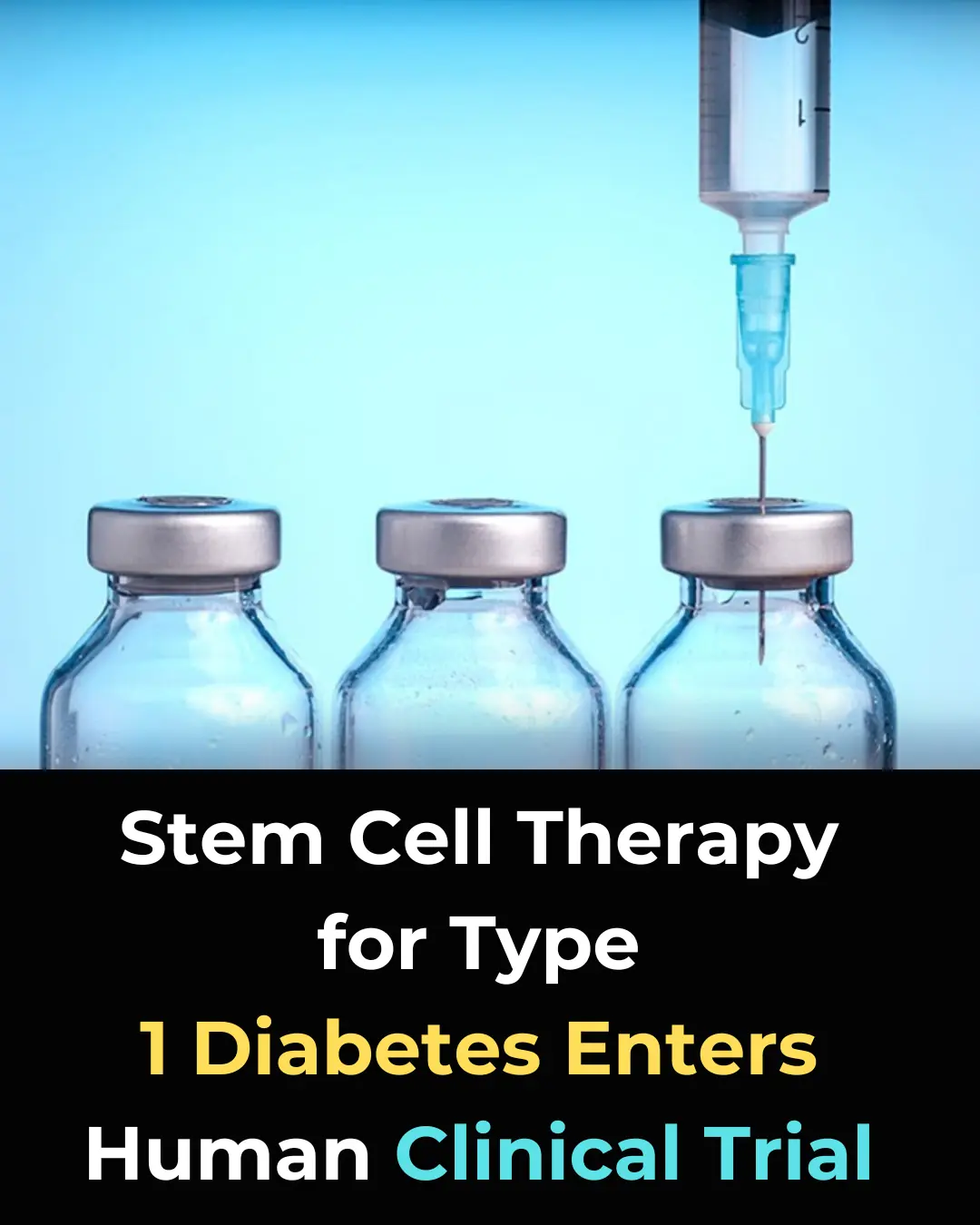
Stem Cell Therapy for Type 1 Diabetes Shows Promise in Human Clinical Trials

How Guyana Became the Only Nation Fully Self-Sufficient in All Seven Major Food Groups

Donald Trump's new scarf leaves everyone saying the same thing
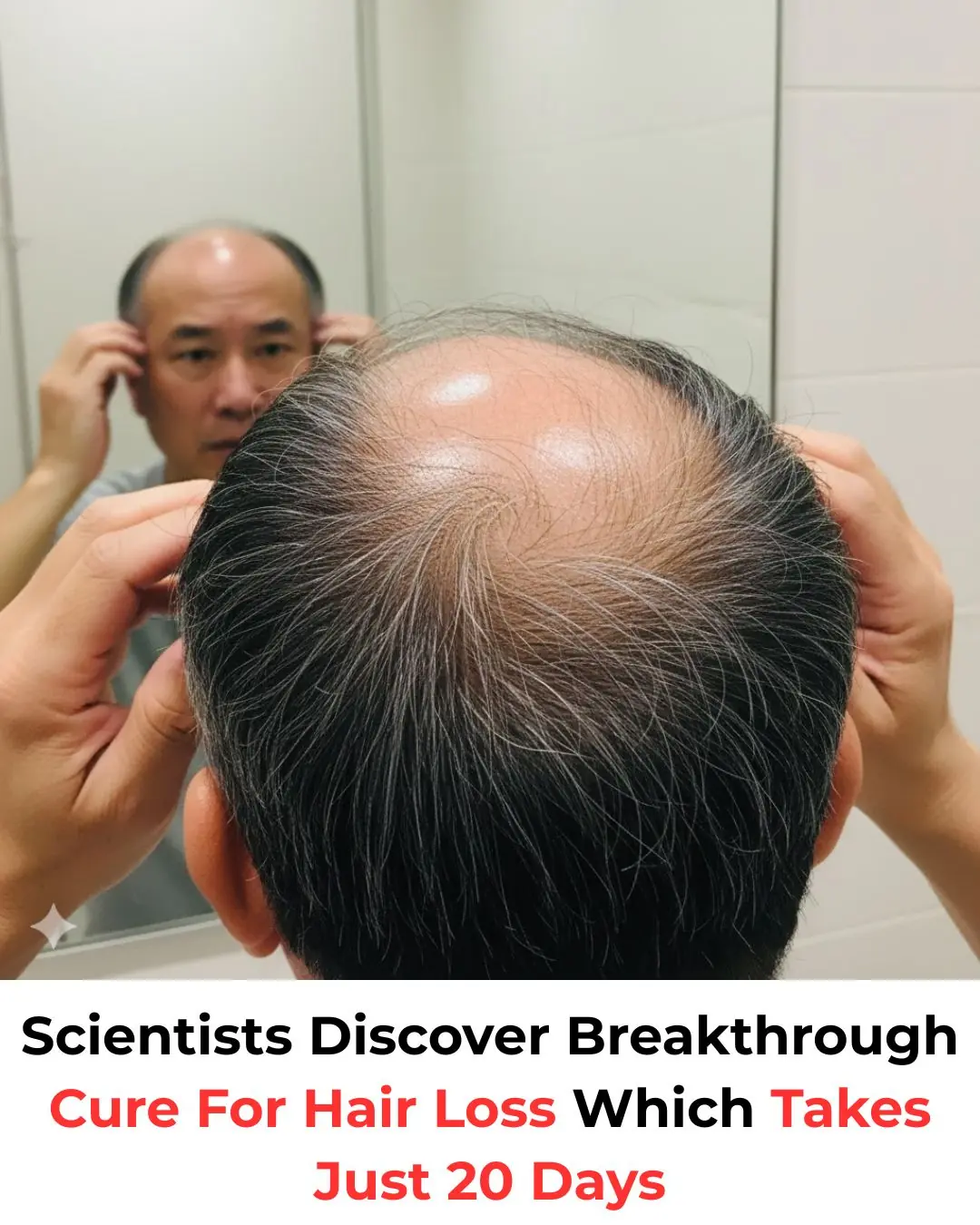
Scientists May Have Just Found a Breakthrough Hair-Loss Treatment

Panama's Marine Collapse: The End of a Key Ocean Upwelling System and What It Means for the Future

Genetic Evidence Links Icelanders to Native Americans, Suggesting Viking Contact with the Americas

Vietnam Approves Russian-Made Cancer Immunotherapy ‘Pembroria’ for Multiple Cancer Types

Hayli Gubbi Volcano Erupts in Ethiopia for First Time in 12,000 Years

Mia Khalifa at Oxford: A Controversial Talk on Redemption, Reinvention, and Second Chances

Breaking Bob: How a 75-Year-Old Turned a Five-Minute Smoke Break into a Viral NYC Spectacle

The Night Google.com Was Accidentally Sold for $12: A Story of Integrity and Goodwill

After 12 Millennia of Silence, Ethiopia’s Hayli Gubbi Volcano Erupts Dramatically

When a Woman Bites Her Lip While Staring at You, It Means She Is ...

How Europe Says "Street": A Multilingual Journey Through Language and Culture

A New Dawn for Chronic Kidney Disease Treatment: From Management to Possible Remission

A Butterfly, A Flute, and Unshakable Composure: The Legendary Performance of Yukie Ota

Felix Baumgartner's Record-Breaking Jump: Breaking the Sound Barrier from Space
News Post

The Medicinal Powers of Turmeric That Doctors Rarely Mention
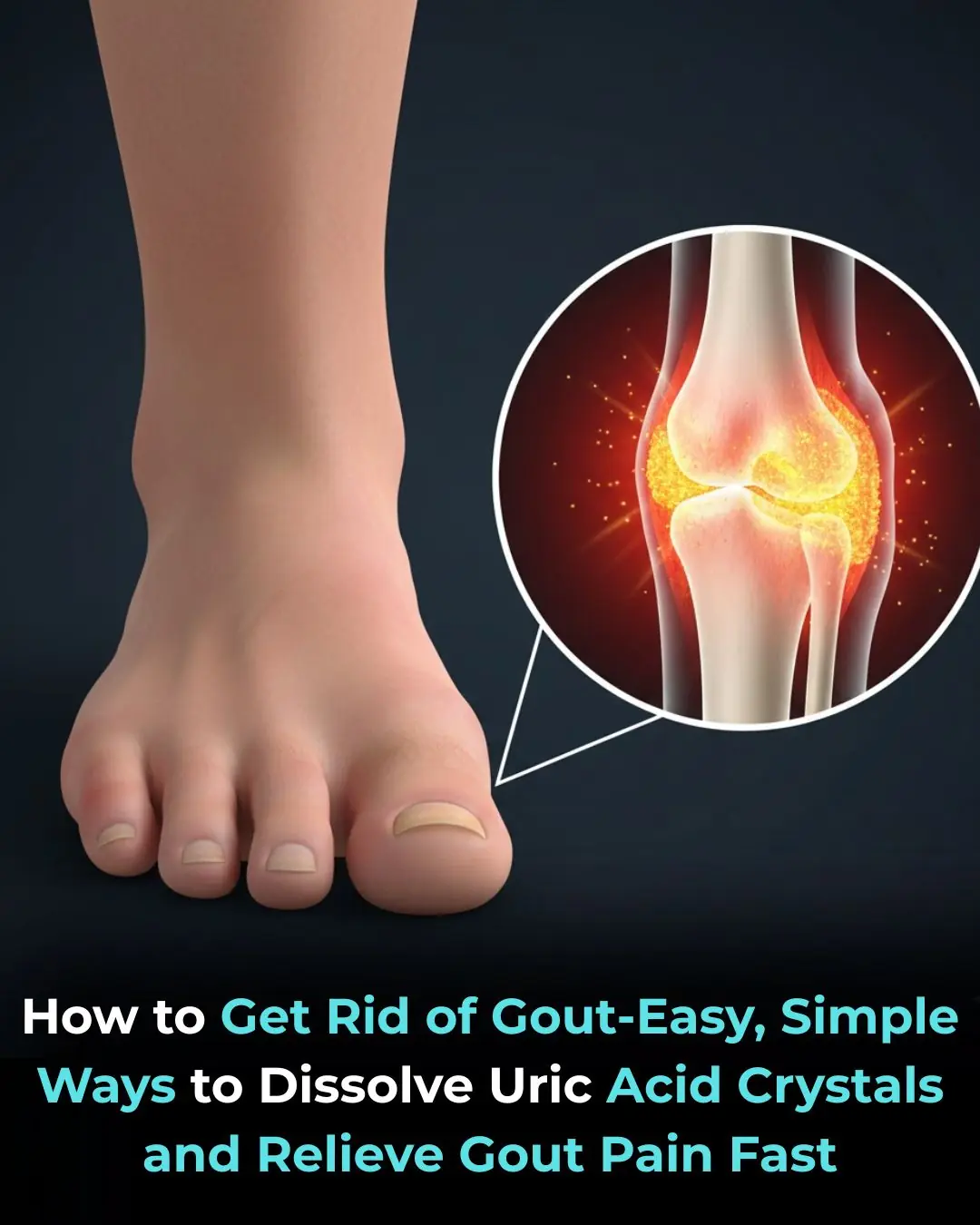
The Best Natural Gout Treatments: Remove Uric Acid Crystallization To Prevent Gout And Joint Pain
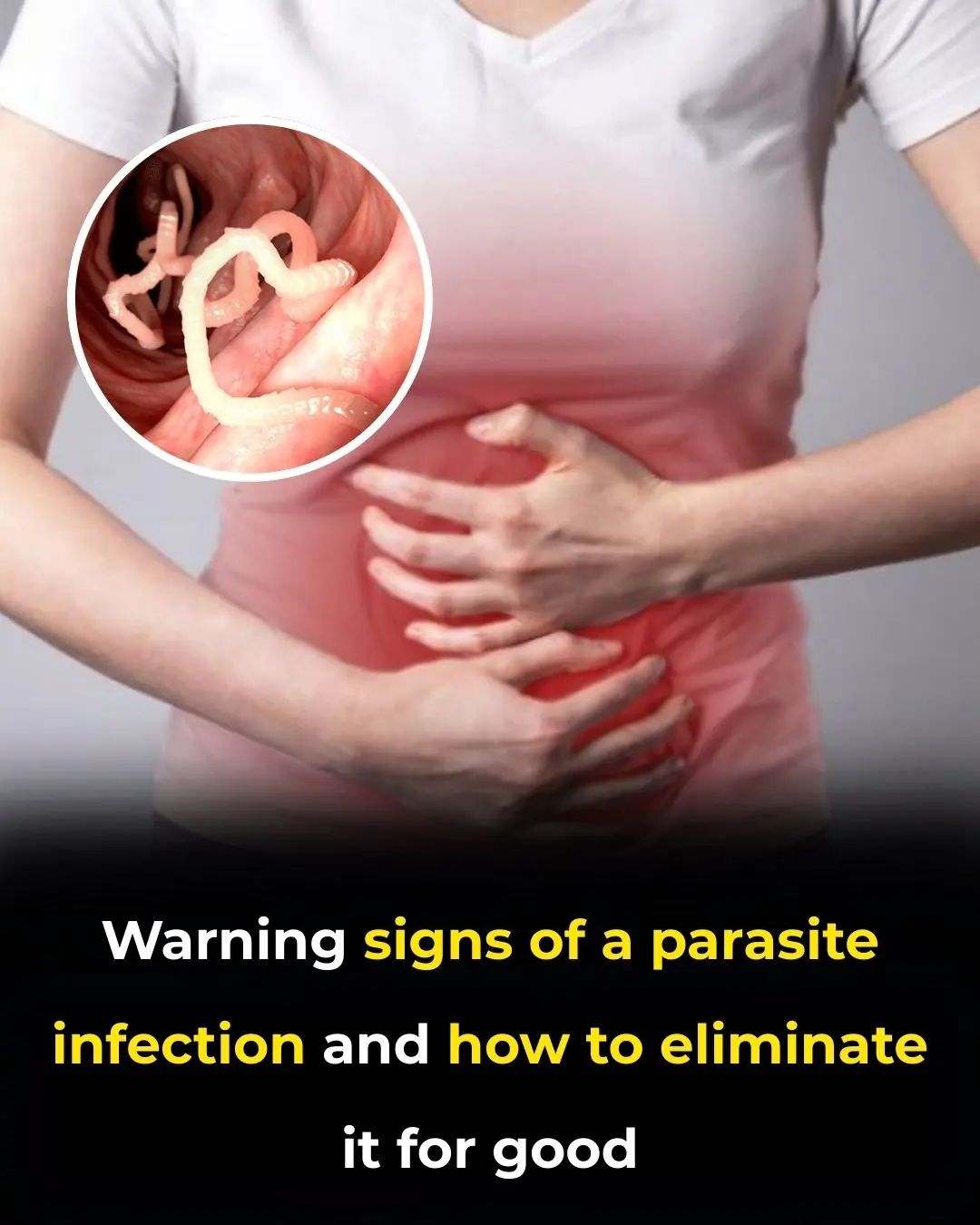
How to Tell If You Have Intestinal Parasites and What to Do About That

People Who Eat 3 Eggs Every Day Are Noticing This Crazy Difference
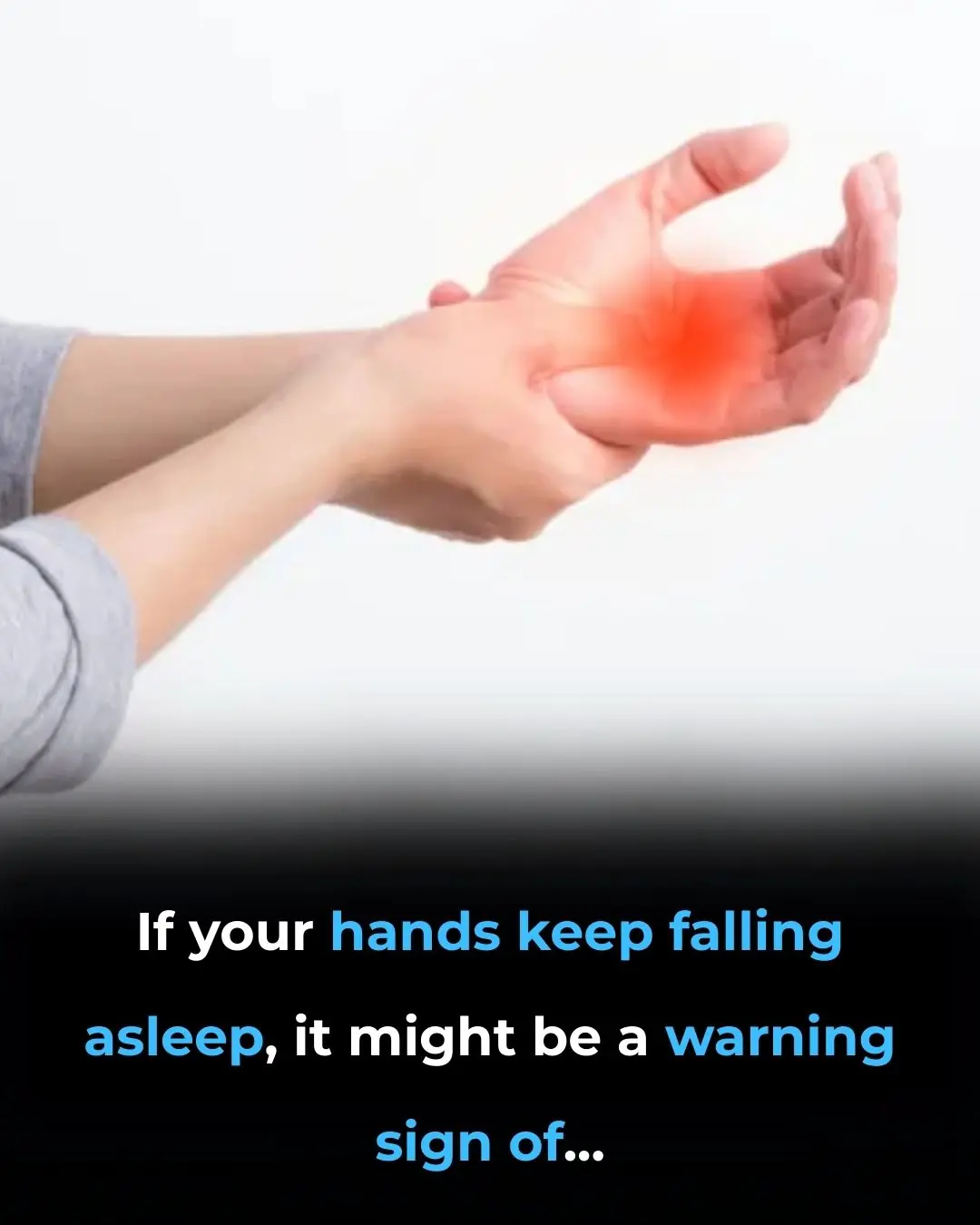
Why Your Hands or Arms Fall Asleep at Night and What To Do

Meet Jonathan: The 192-Year-Old Tortoise Who Has Witnessed History and Continues to Inspire

Retired Couple in UK Successfully Nurtures 90-Million-Year-Old Wollemi Pine, Leading to Its First Reproduction Outside Australia

Stem Cell Therapy for Type 1 Diabetes Shows Promise in Human Clinical Trials

How Guyana Became the Only Nation Fully Self-Sufficient in All Seven Major Food Groups

Donald Trump's new scarf leaves everyone saying the same thing

Scientists May Have Just Found a Breakthrough Hair-Loss Treatment

Panama's Marine Collapse: The End of a Key Ocean Upwelling System and What It Means for the Future

Genetic Evidence Links Icelanders to Native Americans, Suggesting Viking Contact with the Americas

Vietnam Approves Russian-Made Cancer Immunotherapy ‘Pembroria’ for Multiple Cancer Types

The Kid Who Was Surprised By Dad With Birthday Bat In Viral Video Hits Home Run With Bat And Dad Catches It

Delaware Post Office Renamed In Honor of Mary Ann Shadd Cary, First Black Woman Publisher

Hayli Gubbi Volcano Erupts in Ethiopia for First Time in 12,000 Years

Meet Shantrelle P. Lewis, Curator, Filmmaker & the Preeminent Scholar of Global Black Dandyism
